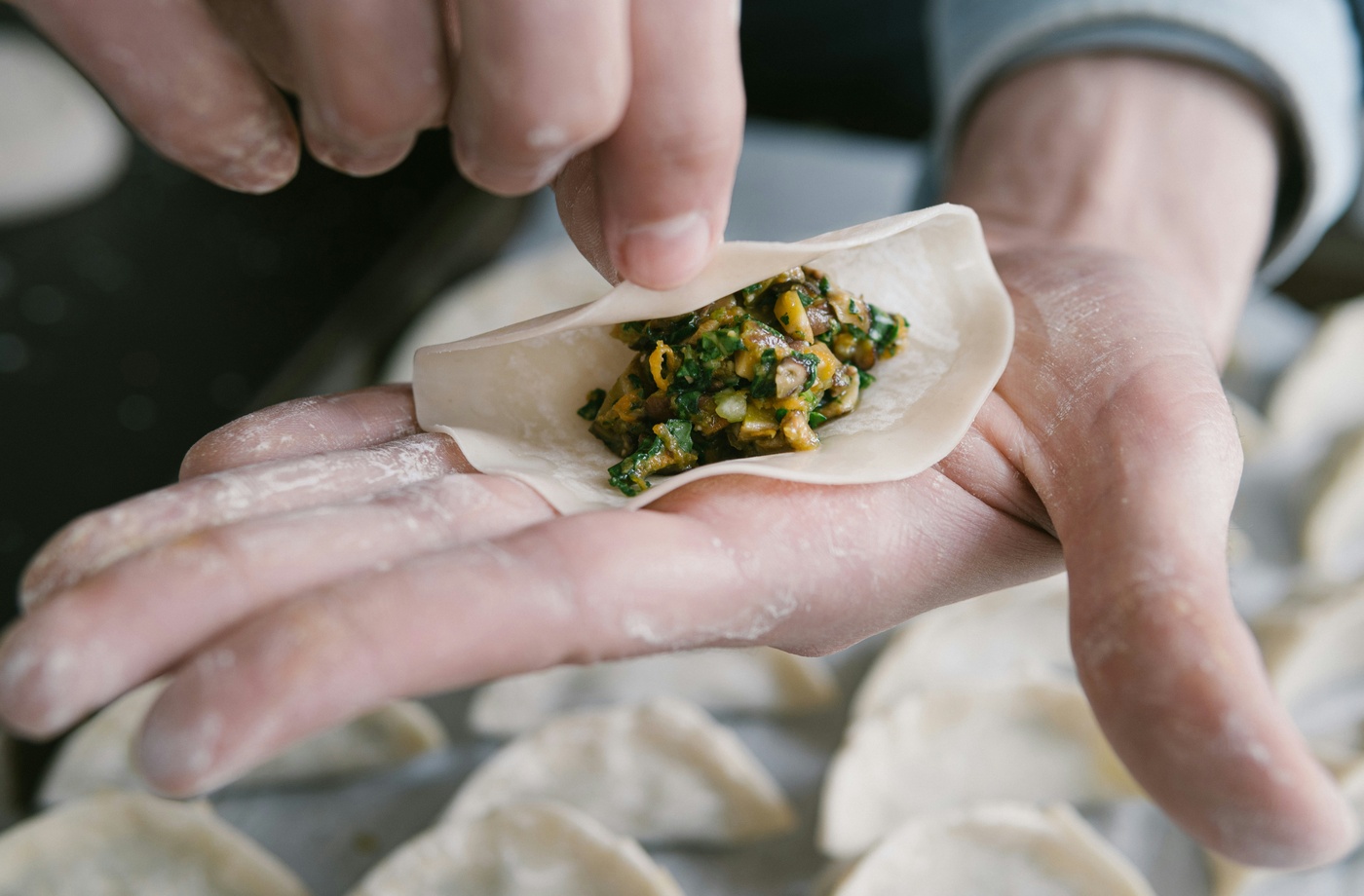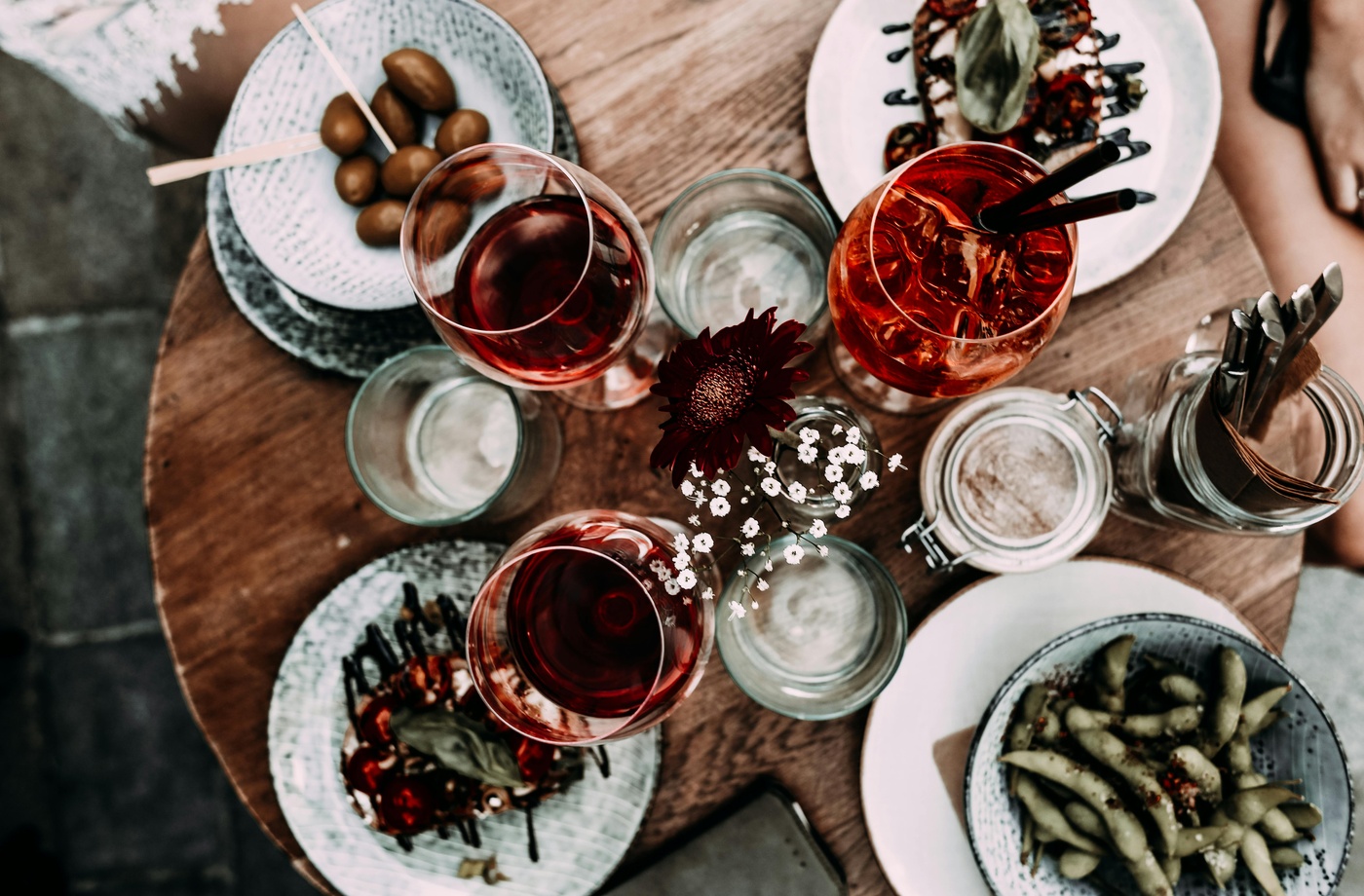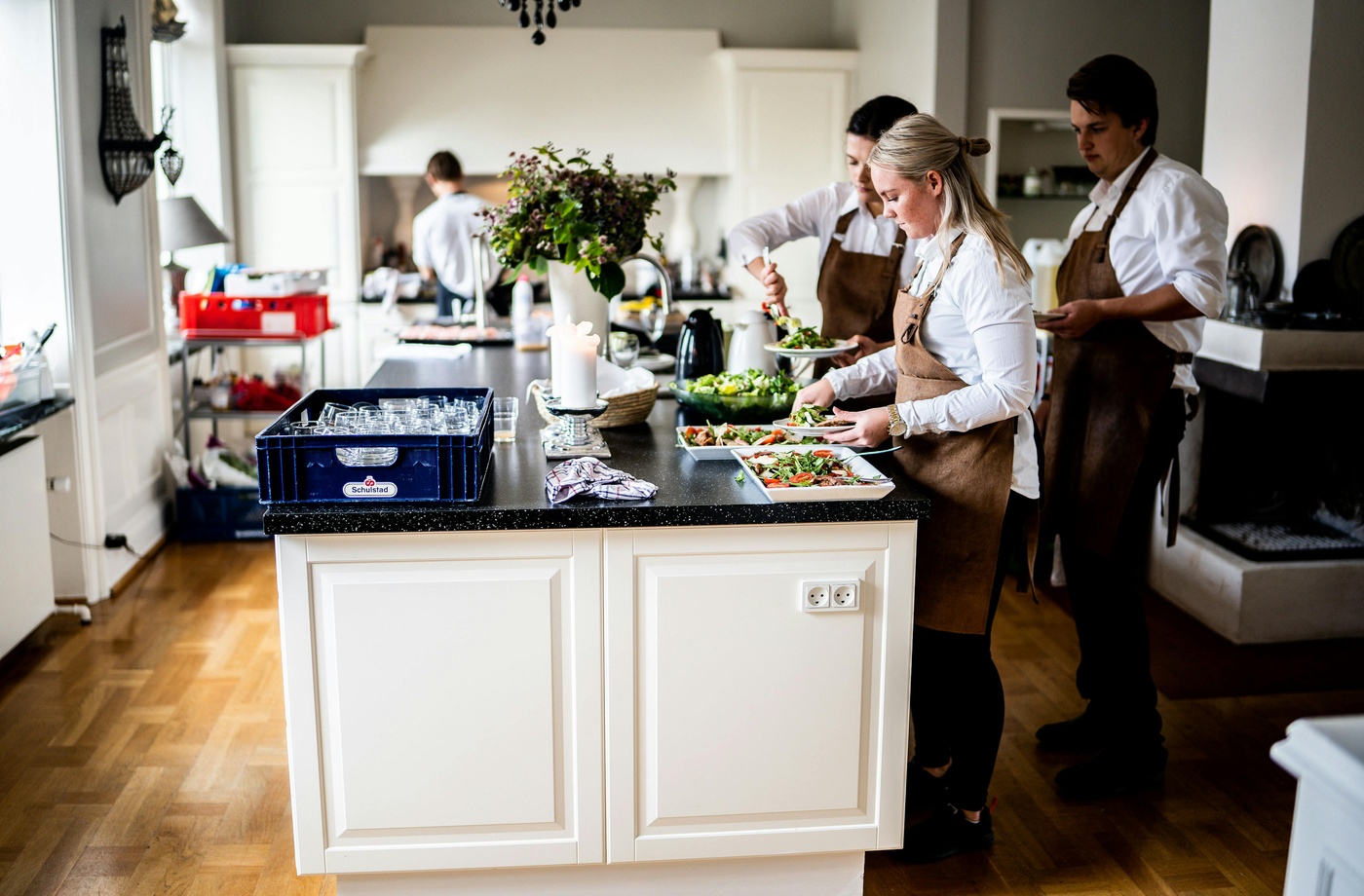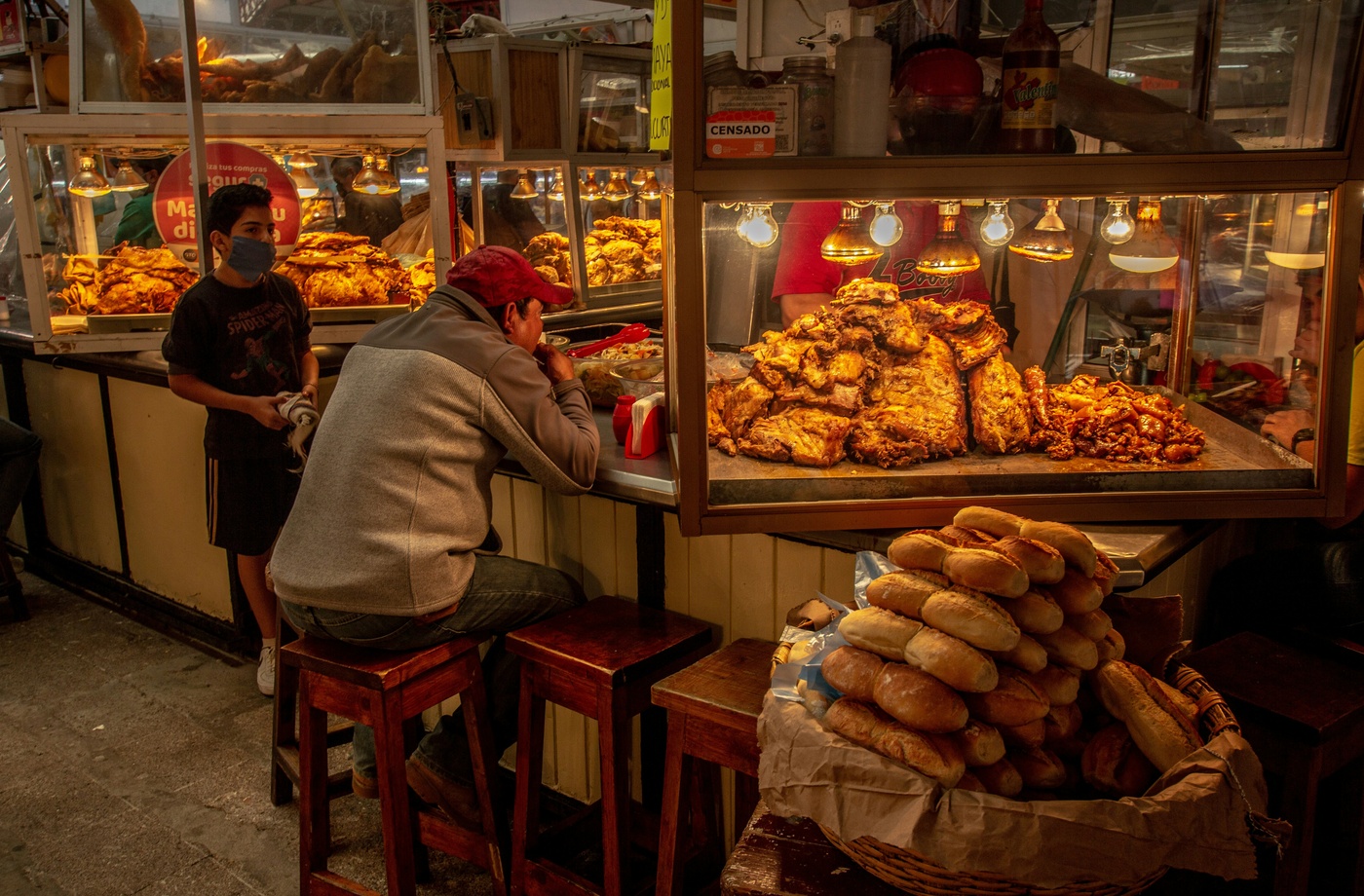From Chinese jiaozi to Italian ravioli, every culture has its own version of the humble dumpling. Whether steamed, boiled, fried, or baked, dumplings transcend borders, ingredients, and cooking techniques—but they all serve the same purpose: to nourish, comfort, and bring people together.
What Defines a Dumpling?
At its core, a dumpling is dough wrapped around a filling—or sometimes dough on its own. The filling might be savory or sweet, meat-based or plant-based, simple or complex. Dumplings are portable, filling, and adaptable to local ingredients, making them a staple across continents.
Anthropologists believe the dumpling evolved independently in several regions as a way to stretch limited ingredients, preserve leftovers, or celebrate communal labor. The result? A global food form that unites cultures while showcasing local flavor.
Dumplings Around the World
- China – Jiaozi
These crescent-shaped dumplings, typically filled with pork, shrimp, or vegetables, are eaten year-round and especially during Lunar New Year.
Try a recipe from The Woks of Life or search your city on Eater for the best dumpling spots.
- Poland – Pierogi
Pierogi are half-moon dumplings stuffed with potatoes, cheese, mushrooms, or fruit. They’re often boiled, then pan-fried.
The Infatuation frequently features lists of top pierogi joints in major cities.
- Japan – Gyoza
Gyoza are Japanese-style dumplings inspired by Chinese jiaozi. They’re typically pan-fried with a crispy base and a juicy interior, often served with a tangy dipping sauce.
- Georgia – Khinkali
These soup-filled dumplings are twisted at the top and eaten by hand. The trick? Bite and slurp the broth first before devouring the rest.
- India – Modak and Momos
India is home to both sweet and savory dumplings. Modak is a steamed coconut-jaggery dessert, while momos—popular in Northeast India and Nepal—are savory dumplings often served with chili sauce.
- Italy – Ravioli
Ravioli are filled pasta parcels served in broth or with sauce. Common fillings include ricotta, spinach, mushrooms, or meat. Their versatility makes them a staple of Italian cuisine.
- Korea – Mandu
Korean dumplings can be steamed, pan-fried, or boiled, and are often filled with a mixture of tofu, kimchi, meat, and glass noodles.
Find top Korean restaurants near you with The Infatuation or Eater.
- Turkey – Manti
Tiny dumplings traditionally filled with lamb or beef, served with yogurt and spiced oil. The dish dates back to the Ottoman Empire and is popular across Central Asia.
Where to Find the Best Dumplings
If you’re on the hunt for the best dumplings near you, look no further than curated restaurant guides from Eater and The Infatuation. These platforms regularly update “best of” lists for cities like New York, Los Angeles, Chicago, and beyond—highlighting both traditional dumpling houses and modern interpretations.
You can also search for dumpling-specific pop-ups and weekend-only spots—many of which operate under the radar but deliver world-class flavor.
Final Thoughts: One Food, Infinite Forms
The dumpling is more than just a food—it’s a symbol of resourcefulness, creativity, and culture. Whether you’re enjoying hand-folded khinkali in a Georgian café or late-night gyoza at a Tokyo izakaya, every bite tells a story. So the next time you see a dumpling on the menu, know that you’re tasting a piece of culinary history shared across borders.



